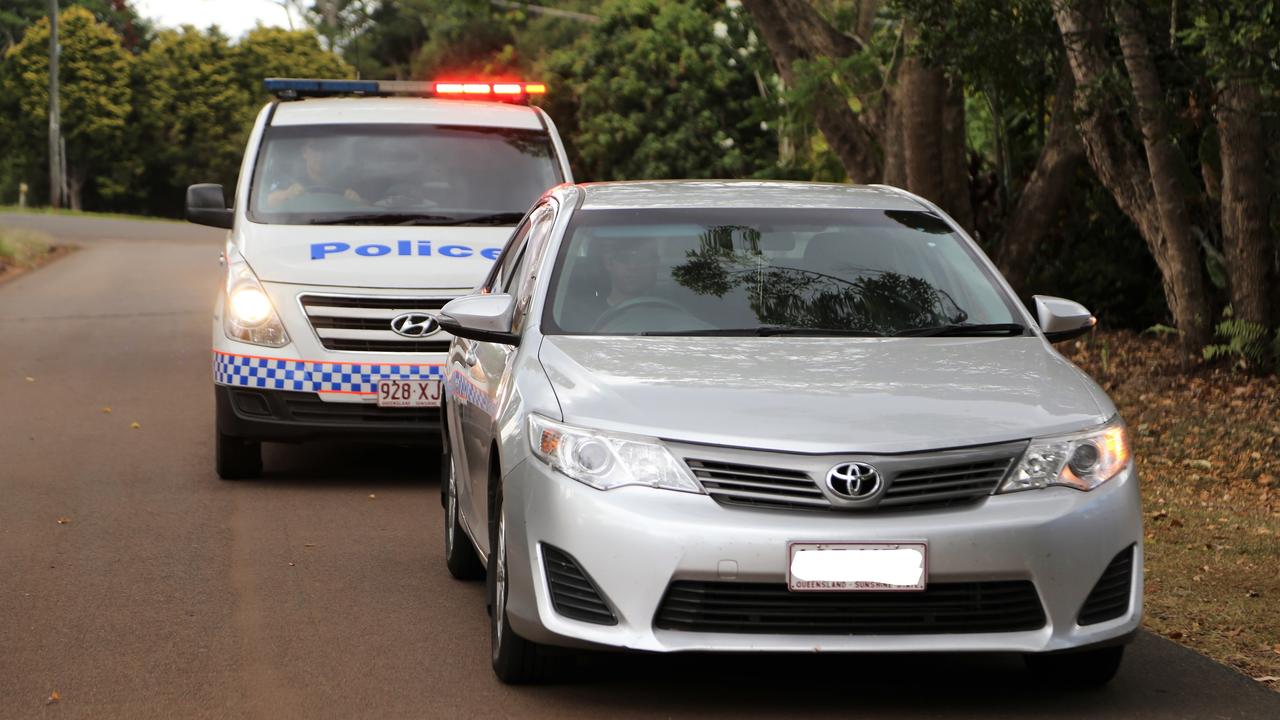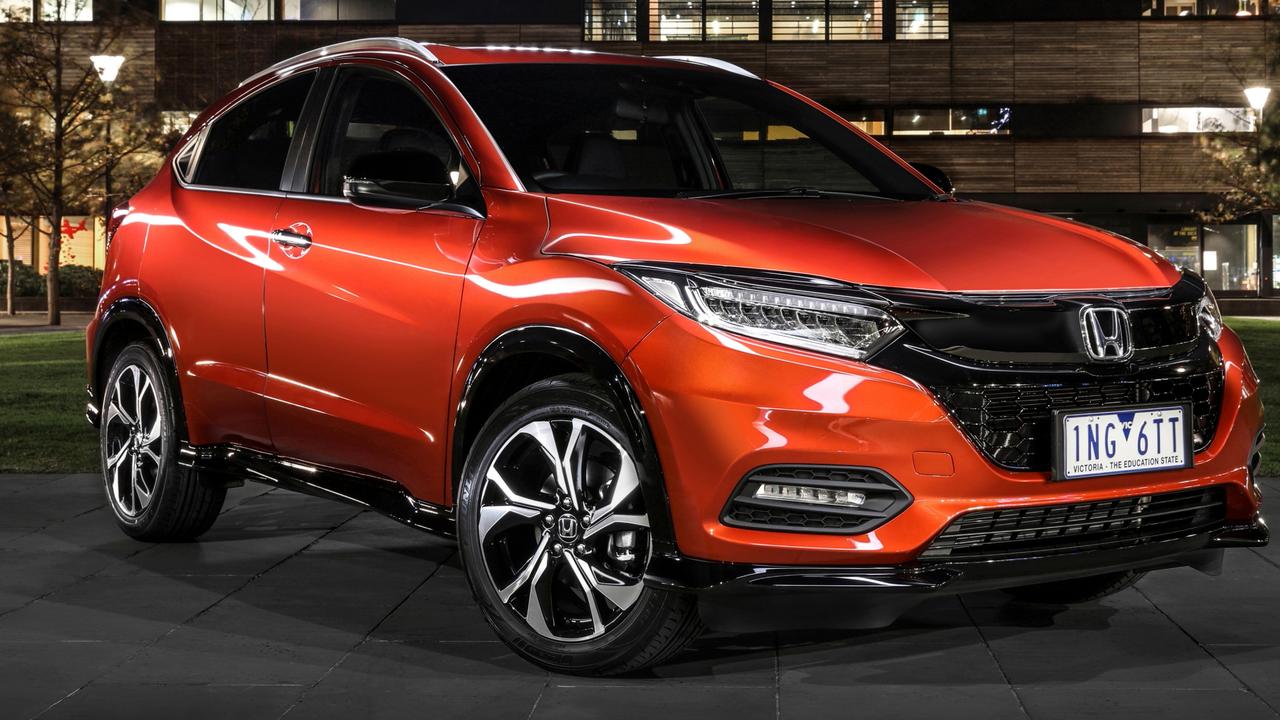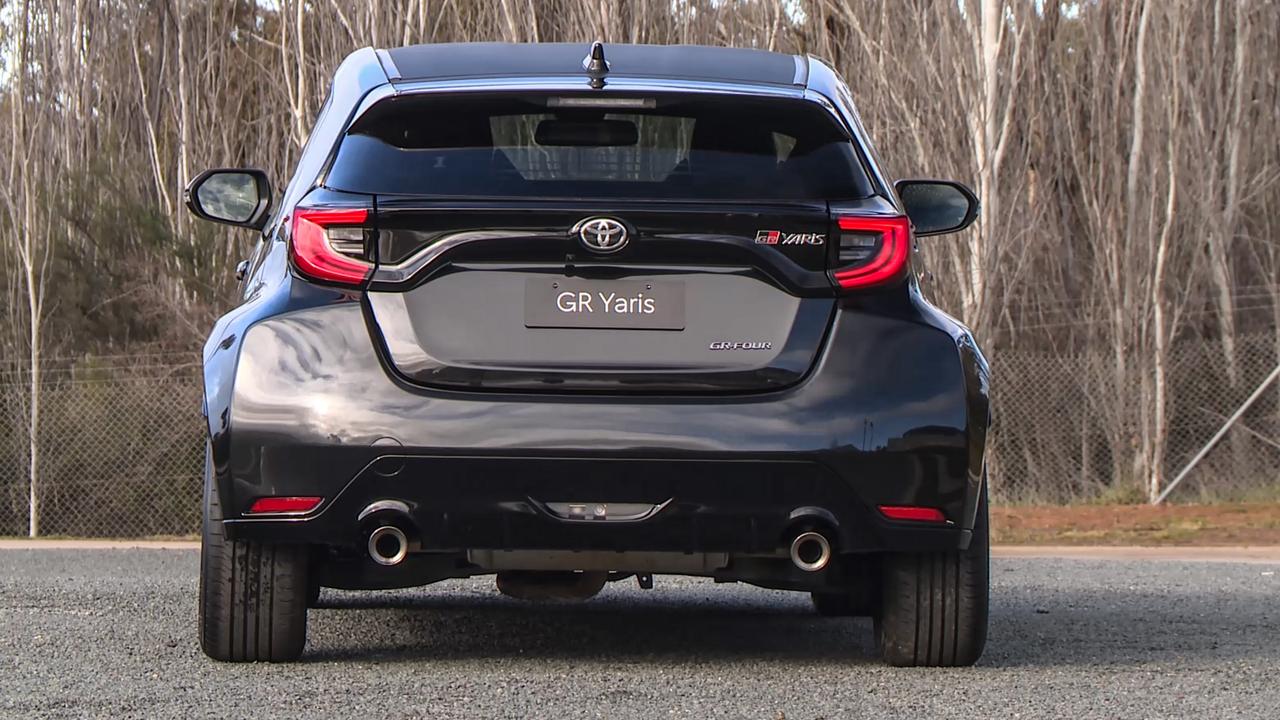Toyota Camry Hybrid: last drive of Australia’s most hi-tech car, and why the local industry died
THE locally-built Toyota Camry hybrid was Australia’s most advanced car — and had more exports than Holden and Ford. So why did it die?
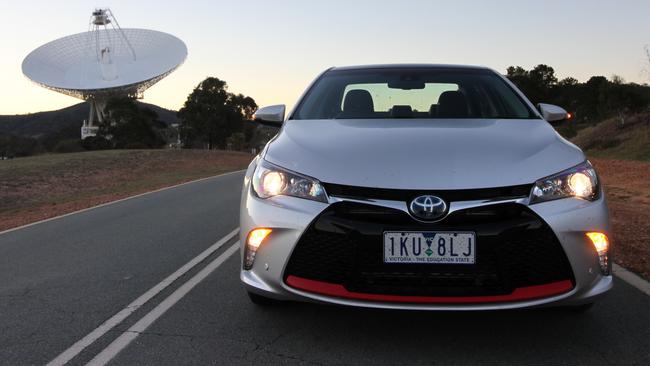
THE Toyota Camry is Australia’s forgotten local hero.
Our best selling mid-size sedan for the past two decades — which reaches the end of the production line next Tuesday — hasn’t grabbed the headlines surrounding the death of local car manufacturing. But it should have.
The hybrid Camry will go down in history as the most technologically advanced car this country has built.
Toyota meanwhile has been Australia’s most prolific car maker over the past 10 years, employing more factory workers and building more cars than Holden and Ford in that time.
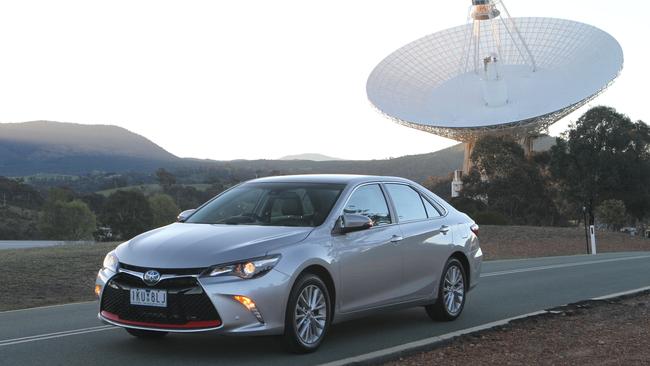
It also exported more cars in 20 years than Holden did in 69. It passed a million exports in 2012 and will have exported more than 1.3 million cars when the factory closes on October 3.
Holden will fall short of the million mark before the gates are locked at its Elizabeth plant in South Australia on October 20.
Which makes this final drive in a locally-made Camry — from Altona, the birthplace of the homegrown Camry, to Canberra, the place blamed for killing it — all the more difficult.
As we drive past rows of Camry sedans outside the Altona facility — the ones covered in plastic wrap are bound for export, the shiny ones are on the way to dealers — the flow-on effect on jobs becomes apparent.
Hundreds of car-carrying truck deliveries each week from the factory to the shipping port will no longer be required.
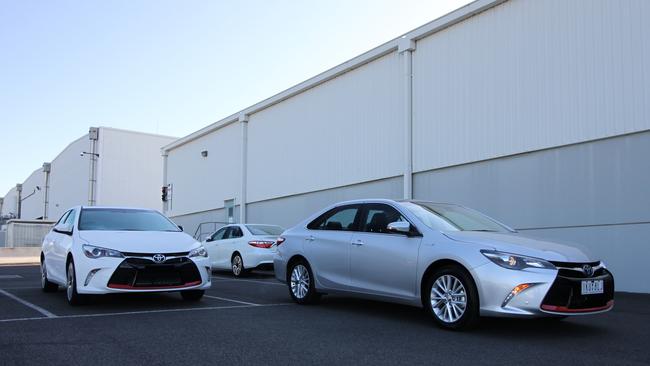
Some of the 60 or so parts suppliers will survive after scaling back and using their expertise in other industries, but the majority will close.
While the manufacturing future of Ford and Holden dominated the headlines four years ago, Toyota already had the business model the Federal Government wanted: export 70 per cent of production to make up the shortfall in local demand in Australia’s increasingly fragmented new-car market.
Toyota shipped cars to the Middle East, but Ford and Holden couldn’t do the same — in the same numbers — because their US parent companies already shipped cars there.
Exports to Asia didn’t make sense given the cheaper labour costs in our neighbouring countries and homegrown Fords and Holdens apparently weren’t sophisticated enough for Europe. Holden and Ford were snookered, but once they announced their closures, Toyota’s decision to shutter Altona was a formality.
Component suppliers couldn’t survive without contracts from all three brands; manufacturing is a volume game where the profits per item are minuscule.
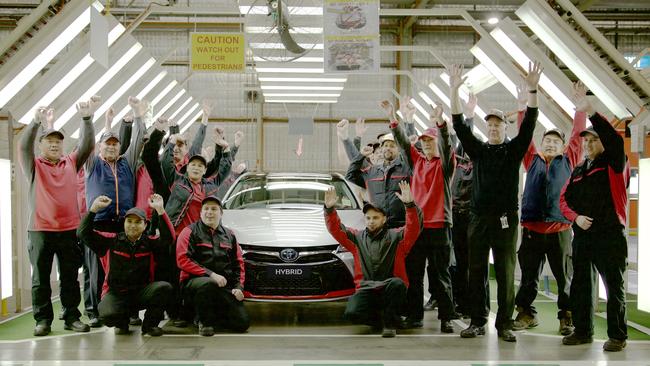
So when the then Federal Treasurer Joe Hockey goaded General Motors and Holden with his now famous “either you’re here or you’re not” speech in Parliament in December 2013 — after the industry asked for more taxpayer-funded assistance — his comments were heard beyond Detroit. They were also heard loud and clear in Japan.
Holden announced its factory closure within days of the Hockey speech; Toyota raised the white flag two months later, in February 2014, after exploring every possibility.
Apart from a small assembly line in New Zealand and a facility in the US jointly owned with General Motors, Altona is the first fully fledged factory operation in the world Toyota has closed. The decision was more emotional for Toyota because Australia was the first country outside Japan it manufactured vehicles, in 1963.
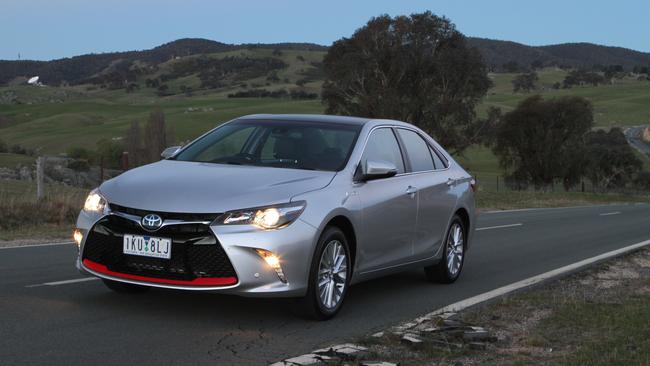
Which brings us to this: a silver Camry with a black roof and a flash of red across the front bumper. It’s one of just 54 “commemorative editions” built to celebrate 54 years of Toyota manufacturing in Australia. The last one will go to Japan as a museum piece.
Ford may have created the best engine locally — in the form of the Falcon XR6 Turbo — and Holden may have built the best driver’s car, but the Toyota Camry will go down in history as the most technically advanced vehicle Australia ever produced.
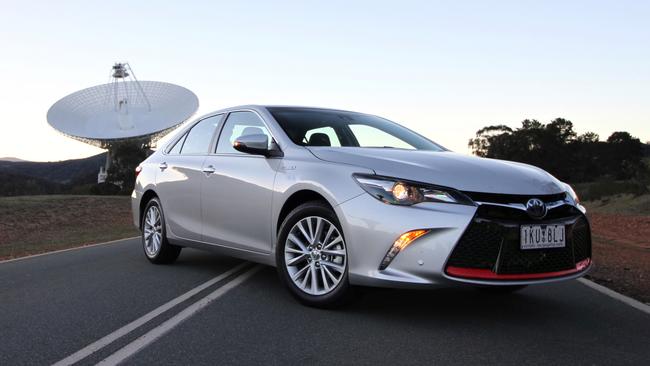
Fittingly, the car we are driving is a hybrid model — the only petrol-electric car made here — and the only one to get such luxuries as radar cruise control, lane wander warning and wireless phone charging. Ford and Holden ran out of road before they could add these technologies.
The Camry also aces the other locals when it comes to refinement. Being reacquainted with the Camry for this send-off was a timely reminder why it has been Australia’s best selling mid-size sedan for 24 years.
The hybrid is also surprisingly efficient on the open road. Petrol-electric technology is supposed to work best in stop-start city driving, but we averaged just 6.0L/100km on our 700km journey, making it on one tank — with fuel to spare.
It’s also no slouch on a back road, as we discovered on the narrow winding ribbon of tarmac between Canberra and Tidbinbilla, the home of the CSIRO’s space station that doubles as an outpost for NASA.
On this road, the Camry feels as sure-footed as a Commodore, but alas the journey is at an end — for us and the homegrown Camry — save for a symbolic lap of Parliament House.
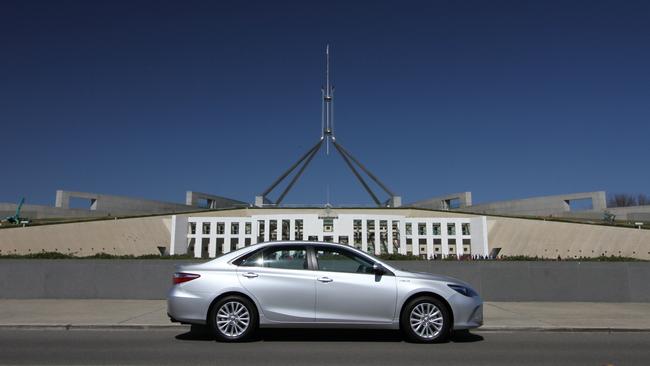
It was here that decisions by successive governments over decades eventually conspired against the car industry, even though some politicians tried to save it.
For global giant Toyota it will be business as usual from next week. Customers will barely notice the difference in showrooms.
A new model Toyota Camry arrives next month, fresh off a boat from Japan. From that point, the homegrown Camry will become a distant memory.
This reporter is on Twitter: @JoshuaDowling

